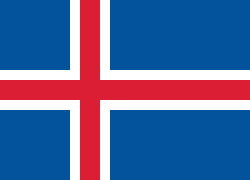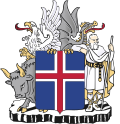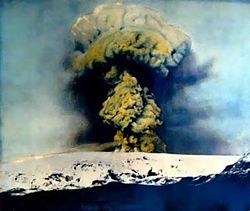

The following outline is provided as an overview of and topical guide to Iceland:
Contents
- General reference
- Geography of Iceland
- Location of Iceland
- Environment of Iceland
- Regions of Iceland
- Demography of Iceland
- Government and politics of Iceland
- Branches of the government of Iceland
- Foreign relations of Iceland
- Law and order in Iceland
- Military of Iceland
- History of Iceland
- By period
- By subject
- Culture of Iceland
- Art in Iceland
- Language in Iceland
- Religion in Iceland
- Sport in Iceland
- Economy and infrastructure of Iceland
- Education in Iceland
- See also
- References
- External links
Iceland – sovereign island nation located in the North Atlantic Ocean between continental Europe and Greenland. [1] It is considered part of Northern Europe. It is the least populous of the Nordic countries, having a population of about 329,000 (January 1, 2015). [2] Iceland is volcanically and geologically active on a large scale; this defines the landscape in various ways. The interior mainly consists of a plateau characterized by sand fields, mountains and glaciers, while many big glacial rivers flow to the sea through the lowlands. Warmed by the Gulf Stream, Iceland has a temperate climate relative to its latitude and provides a habitable environment and nature.


















